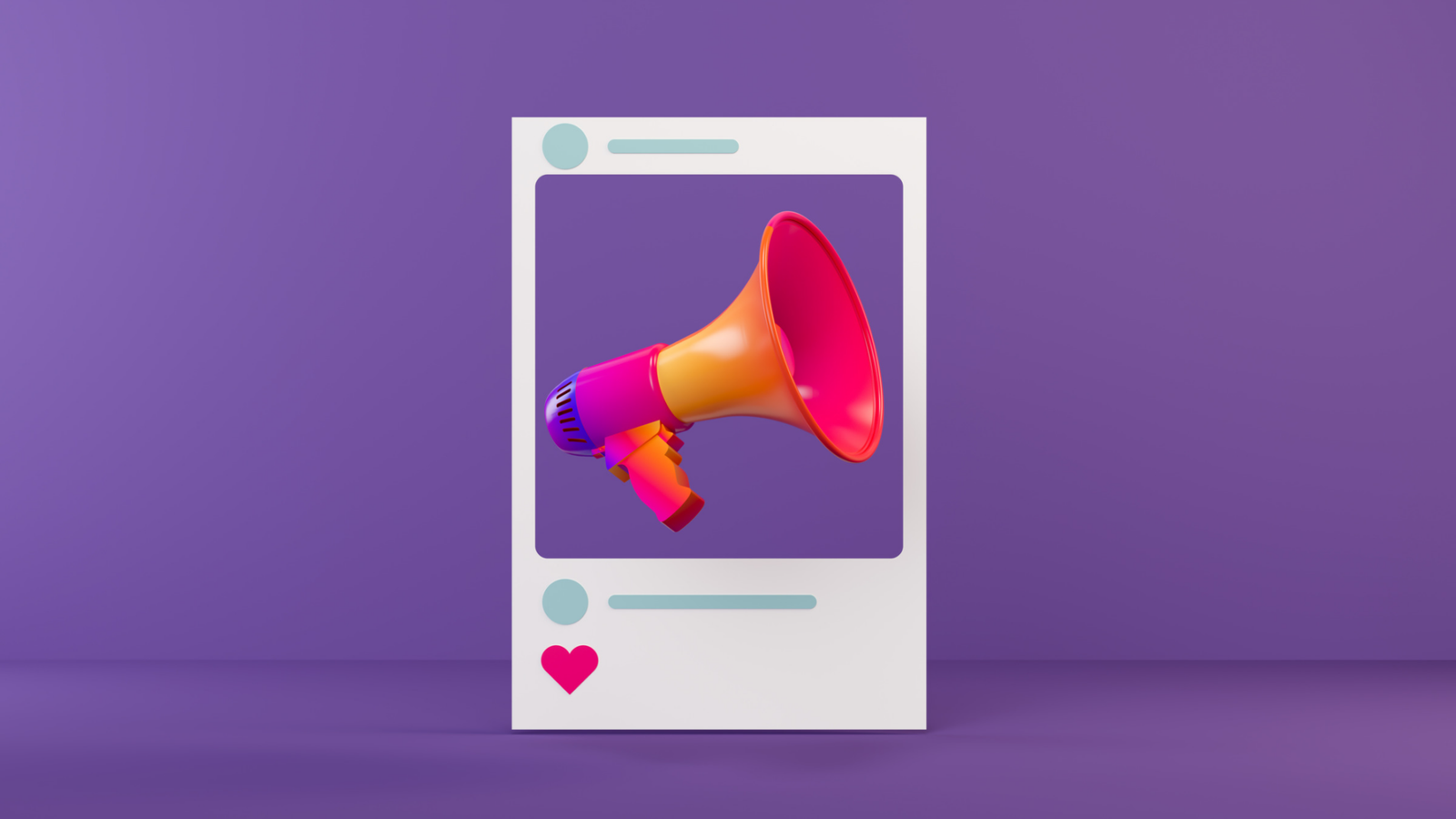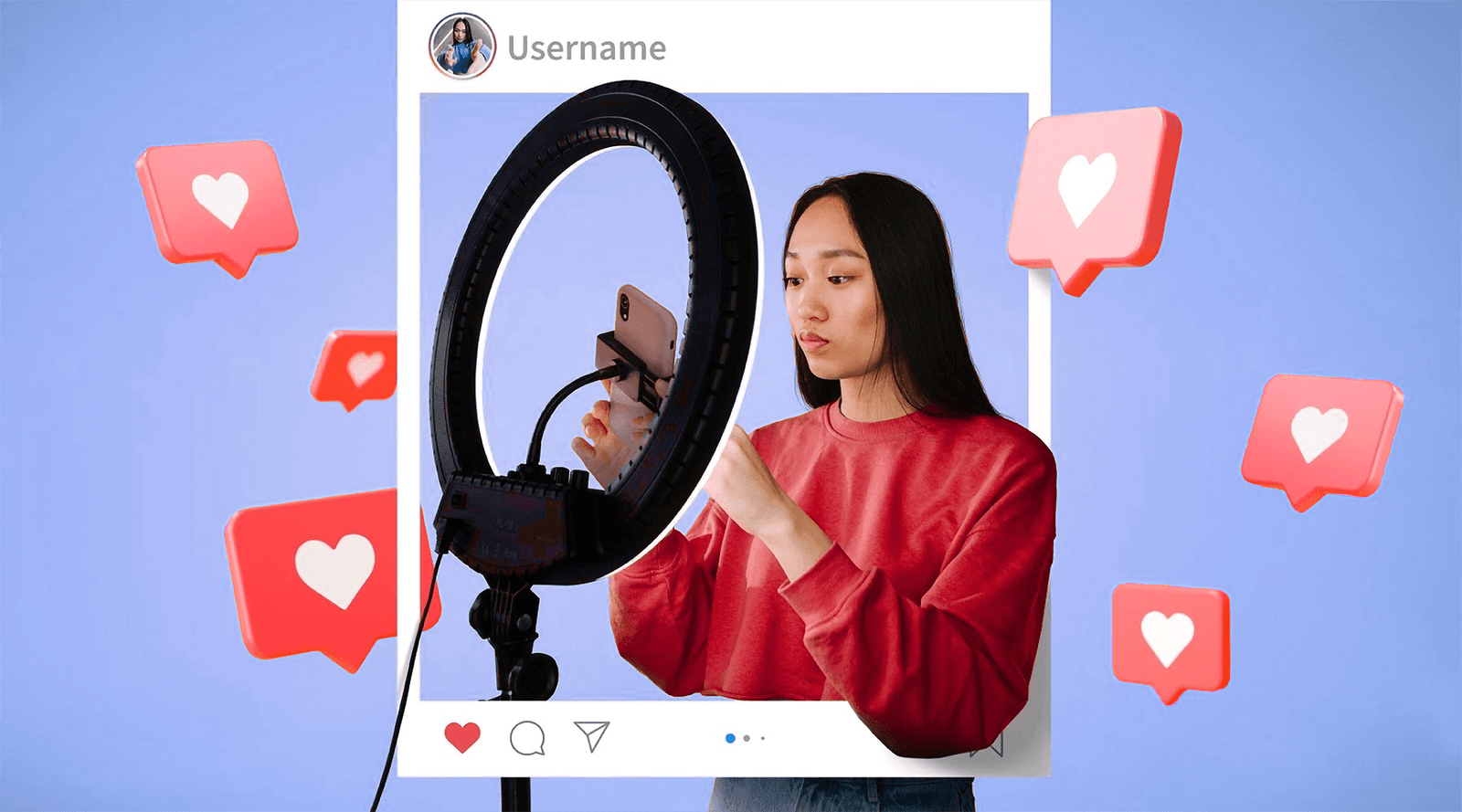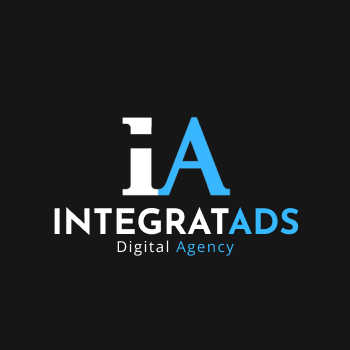
7 Advantages of Social Media Advertising in 2024
- Social Media
- Ads
Social media advertising has become a cornerstone of modern marketing strategies. As we move further into 2024, the importance and benefits of social media advertising are more evident than ever. This blog will explore seven key benefits of social media advertising in 2024, highlighting how businesses can leverage these advantages to enhance their marketing efforts.
Enhanced Targeting Capabilities
Advanced Targeting Options
One of the standout benefits of social media advertising is its enhanced targeting capabilities. Platforms like Facebook, Instagram, LinkedIn, and Twitter offer sophisticated targeting options that allow advertisers to reach their ideal audience with precision. By utilizing demographic data, interests, behaviors, and retargeting options, businesses can ensure their ads are seen by those most likely to engage with their content or purchase their products.
Precision Leads to Better Results
Advanced targeting means that your ads are not just reaching a broad audience but are hitting the right people at the right time. This precision reduces wasted ad spend and increases the likelihood of conversions, making social media advertising a highly efficient marketing tool.

Increased Brand Visibility
1. Boosting Brand Awareness
Social media platforms are where billions of users spend their time, making them ideal for boosting brand visibility. Through strategic ad placements, businesses can ensure their brand is consistently visible to potential customers. This constant exposure helps in building brand recognition and keeping your business top-of-mind.
2. Consistent Visibility
Maintaining consistent visibility on social media is crucial for brand recognition. Ads on these platforms can appear in various formats, such as feed posts, stories, or sponsored content, ensuring that your brand is seen frequently and across different contexts, reinforcing brand recall.
Cost-Effectiveness
1. Comparing Costs with Other Mediums
Social media advertising is known for being cost-effective, especially when compared to traditional advertising mediums like TV, radio, or print. With options to set daily or lifetime budgets and the ability to control spending, businesses of all sizes can benefit from social media ads without breaking the bank.
2. Optimizing Ad Spend
To maximize return on investment (ROI), it’s important to continually optimize your ad campaigns. This involves A/B testing different ad creatives, adjusting targeting options based on performance data, and reallocating budget to the highest-performing ads. Such optimization ensures you get the most value from every dollar spent on social media advertising.
Real-Time Performance Analysis
1. Analytics Tools
One of the key benefits of social media advertising is the ability to analyze performance in real-time. Platforms like Facebook Ads Manager, Instagram Insights, and LinkedIn Campaign Manager provide detailed analytics on ad performance. Metrics such as impressions, clicks, conversions, and engagement rates offer valuable insights.
2. Data-Driven Refinements
Using these data-driven insights, businesses can refine their advertising strategies on the fly. If an ad isn’t performing well, adjustments can be made immediately to improve results. This real-time feedback loop is essential for maintaining the effectiveness of social media advertising campaigns.
Improved Customer Engagement
1. Direct Interaction with Customers
Social media advertising isn’t just about promoting products; it’s also a powerful tool for customer engagement. Ads can foster direct interaction between brands and consumers, allowing for meaningful conversations and relationship-building. Interactive ad formats, such as polls and Q&A sessions, can enhance engagement further.
2. Successful Engagement Strategies
Case studies have shown that brands using social media ads for engagement see higher levels of customer loyalty and satisfaction. By responding to comments, addressing concerns, and showing appreciation for customer feedback, businesses can build stronger, more personal connections with their audience.
Flexibility in Content Formats
1. Various Ad Formats
Social media platforms offer a variety of ad formats to choose from, including videos, carousels, stories, and interactive content. This flexibility allows businesses to experiment with different types of content to see what resonates best with their audience.
2. Appealing to Different Audiences
Different formats appeal to different segments of your audience. For example, short videos might be more engaging for younger users, while in-depth carousel ads might attract professionals looking for detailed information. Utilizing a mix of formats ensures you can reach and engage a broader audience effectively.
Boosts in Sales and Lead Generation
1. Driving Conversions
Effective social media advertising directly contributes to increased sales and lead generation. By creating compelling ad creatives and targeting the right audience, businesses can drive users to take desired actions, such as making a purchase or signing up for a newsletter.
2. Linking Campaigns to Sales Performance
To measure the impact of social media ads on sales, it’s crucial to link ad campaigns to sales performance metrics. Tools like Facebook Pixel and Google Analytics can help track conversions and attribute sales to specific ads, providing a clear picture of the ROI from social media advertising efforts.
Conclusion:
In 2024, the benefits of social media advertising are undeniable. From enhanced targeting capabilities and increased brand visibility to cost-effectiveness and improved customer engagement, social media advertising offers a myriad of advantages for businesses looking to expand their reach and drive growth. By leveraging these benefits and continuously optimizing your strategies, you can ensure your social media advertising efforts yield significant results.FAQ's
-
What is social media advertising?
Social media advertising is the practice of using paid ads on social media platforms like Facebook, Instagram, Twitter, LinkedIn, and others to promote products, services, or brands. These ads can take various formats, such as images, videos, carousels, and stories, and are targeted to specific audiences based on demographics, interests, behaviors, and other criteria.
-
How does social media advertising benefit my
business?
Social media advertising offers several benefits, including:
1. Enhanced targeting capabilities to reach specific audiences.
2. Increased brand visibility and awareness.
3. Cost-effective marketing compared to traditional advertising.
4. Real-time performance analysis and optimization.
5. Improved customer engagement through interactive ads.
6. Flexibility in content formats to appeal to different audience segments.
7. Boosts in sales and lead generation by driving conversions. -
Which social media platform should I advertise
on?
The choice of platform depends on your target audience and business goals. Here are some general guidelines:
1. Facebook Great for reaching a broad audience with various ad formats.
2. Instagram Ideal for visually appealing ads targeting younger demographics.
3. Twitter Effective for real-time engagement and promoting trending content.
4. LinkedIn Best for B2B marketing and targeting professionals.
5. Pinterest Suitable for businesses with visually appealing products, especially in niches like fashion, home decor, and DIY. -
How much does social media advertising cost?
The cost of social media advertising varies based on several factors, including the platform, ad format, target audience, and bidding strategy. You can set daily or lifetime budgets, and many platforms offer cost-effective options for businesses of all sizes. The key is to optimize your ad spend to maximize ROI.
-
How do I measure the success of my social media
ads?
Success can be measured using various metrics provided by social media platforms’ analytics tools. Common metrics include:
1. Impressions: The number of times your ad is displayed.
2. Clicks: The number of times users click on your ad.
3. Conversions: The number of desired actions taken by users, such as purchases or sign-ups.
4. Engagement: The number of likes, comments, shares, and interactions with your ad.
5. ROI: The return on investment, calculated by comparing the revenue generated from the ad to the cost of running it. -
What are the common challenges in social media
advertising?
Some common challenges include:
1. Ad fatigue: Users may become tired of seeing the same ad repeatedly.
2. Targeting inaccuracies: Ensuring your ads reach the right audience can be complex.
3. Competition: The high volume of ads on social media can make it difficult to stand out.
4. Budget constraints: Managing and optimizing ad spend effectively can be challenging.
5. Keeping up with trends: Social media platforms constantly evolve, requiring advertisers to stay updated on new features and best practices. -
How do I get started with social media
advertising?
To get started with social media advertising:
1. Identify your goals (e.g., brand awareness, lead generation, sales).
2. Choose the right platform(s) based on your target audience.
3. Create engaging ad creatives tailored to the chosen platform.
4. Set a budget and bid strategy.
5. Launch your ad campaign and monitor its performance.
6. Optimize your ads based on performance data and feedback.
